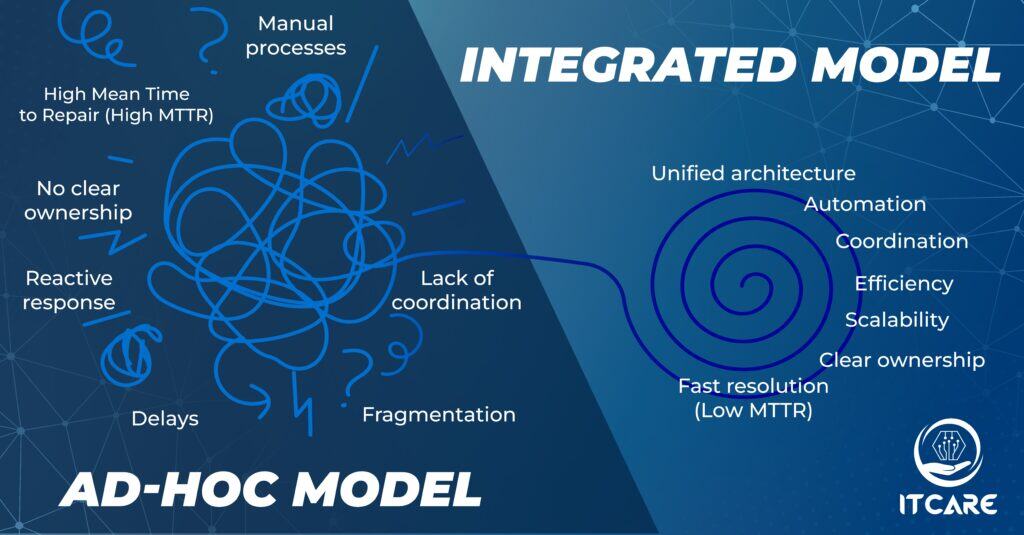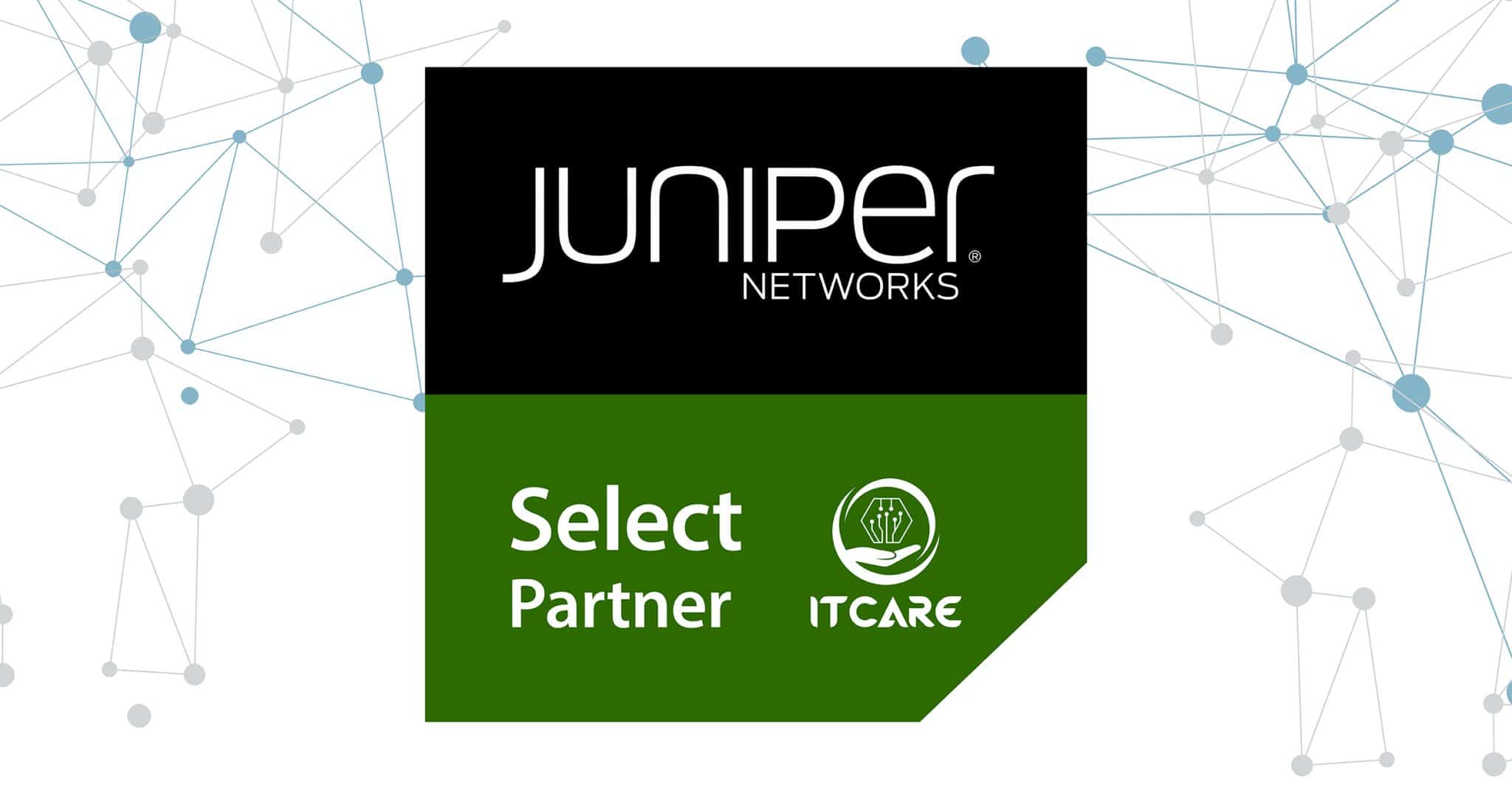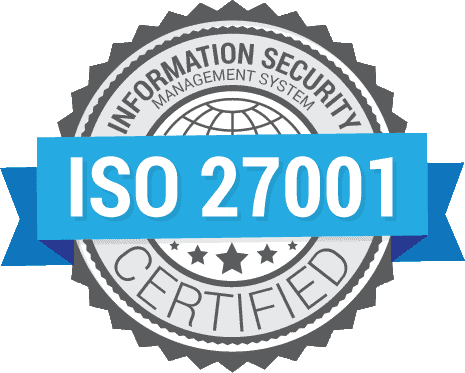AD-HOC MODEL vs INTEGRATED MODEL
Many fiber ISPs still treat external network support as a safety net – something you call when after-hours alarms start ringing.
But today’s networks are far more complex than the ticket triage model was ever designed to handle.
When traffic patterns shift, service portfolios diversify, and capacity needs scale overnight, a piecemeal “call-handling” approach leaves dangerous blind spots:
– No cohesive architecture alignment with long-term growth plans
– Provisioning delays caused by manual, inconsistent workflows
– Fragmented troubleshooting across multiple vendors with no ownership of root cause
A more sustainable model we’re seeing gain traction combines three capabilities under one operational umbrella:
1. Architectural Planning – Rigorous design reviews that tie fiber backbones, peering, and edge aggregation to realistic traffic forecasts and redundancy goals.
2. Provisioning Workflows – Automated turn-ups, golden configuration templates, and change management practices that minimize drift and speed up new-service activation.
3. Tiered Expertise on Demand – Seamless escalation from routine troubleshooting to deep BGP, MPLS, or data-center routing analysis without having to juggle multiple external contracts.
The impact:
– Mean Time to Repair (MTTR) drops as issues are resolved at the right tier the first time
– Rollout timelines shrink thanks to consistent provisioning pipelines
Engineering teams free up bandwidth to innovate instead of firefighting
For ISPs whose operational challenges go deeper than clearing overnight alarms, moving from ad-hoc support to an integrated, end-to-end model is no longer a “nice to have” – it’s a competitive necessity.








